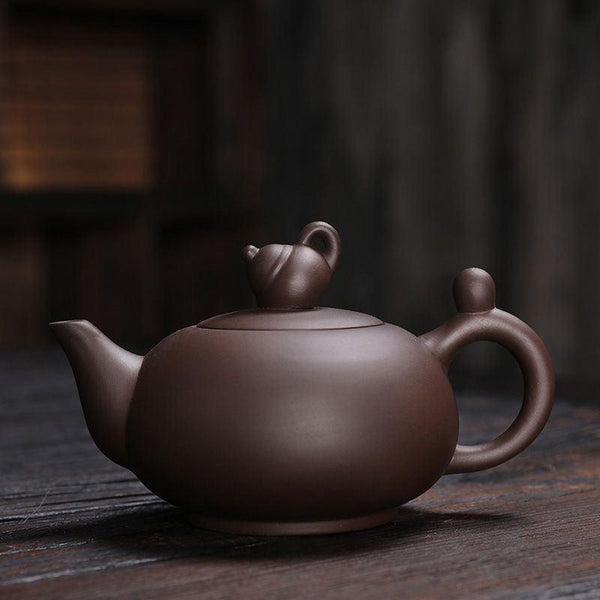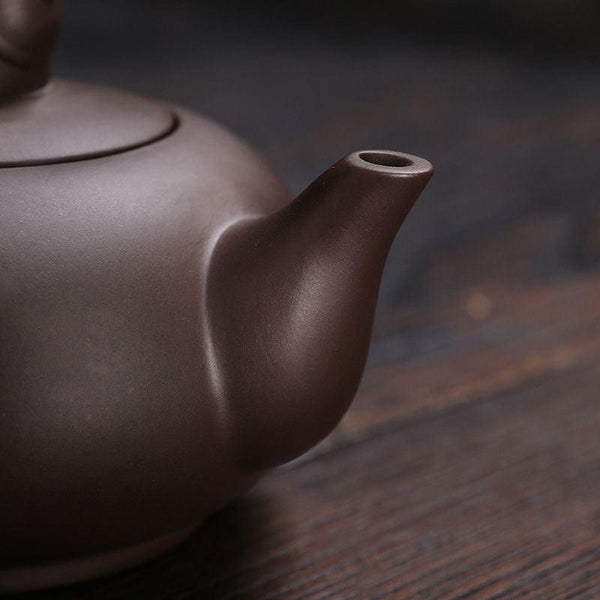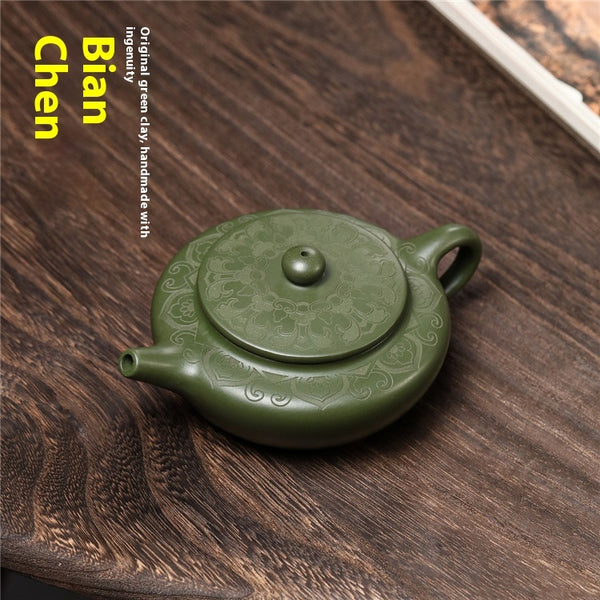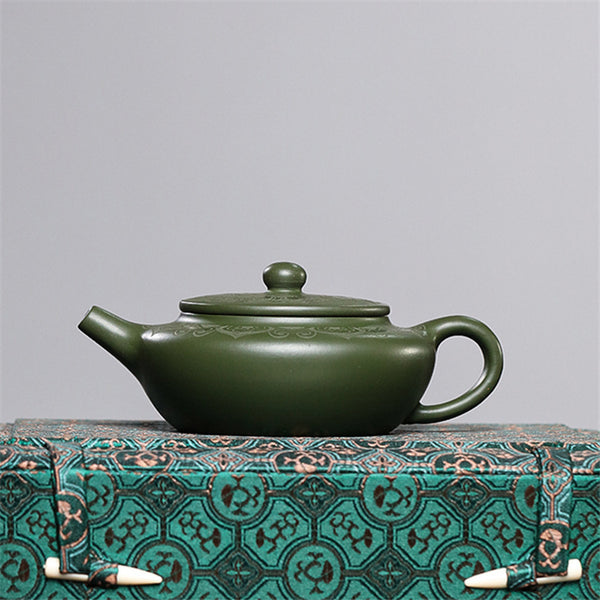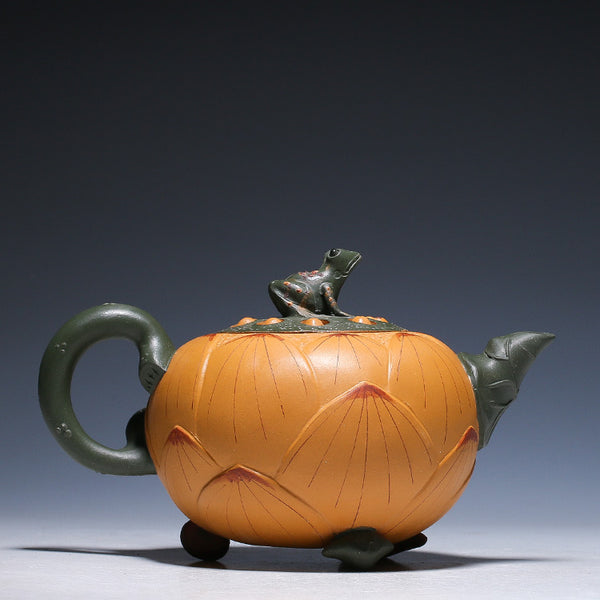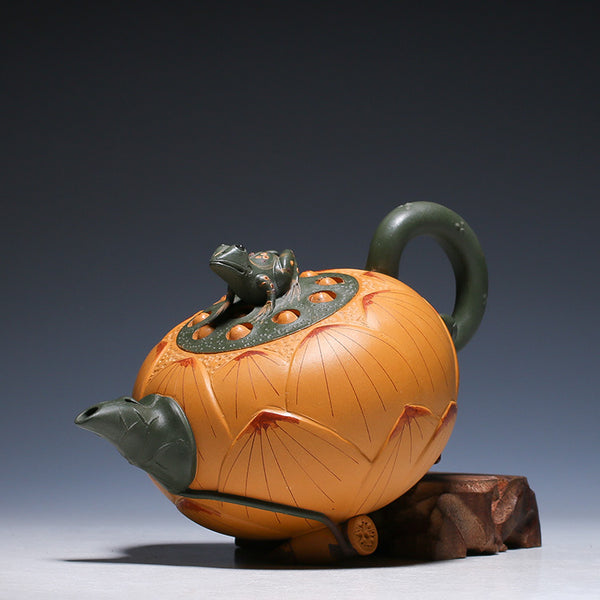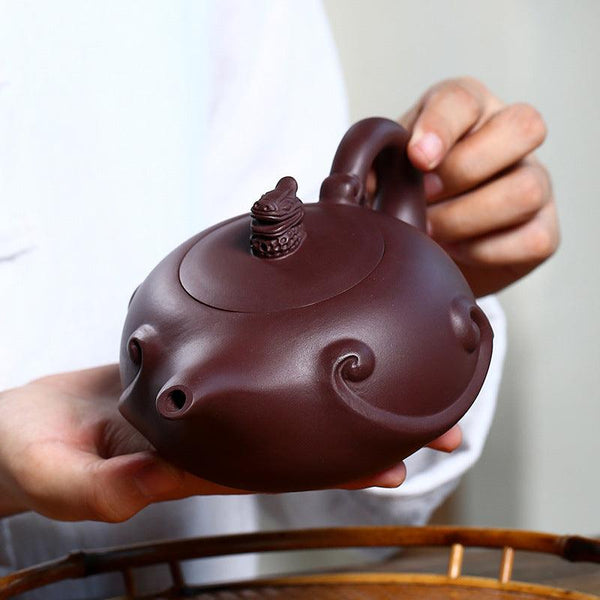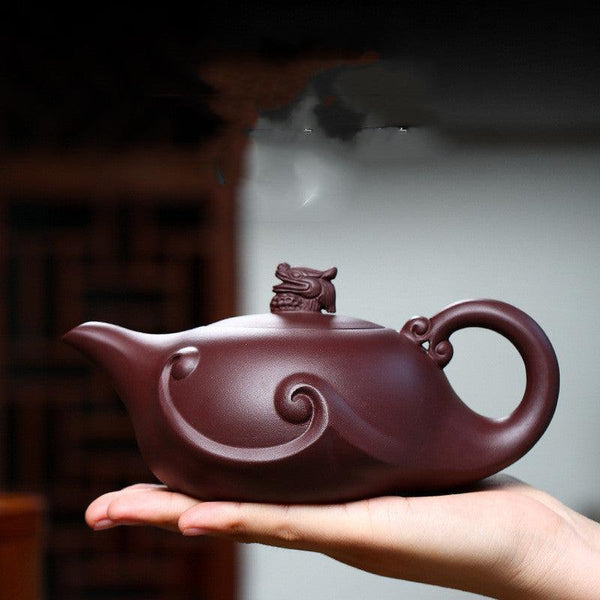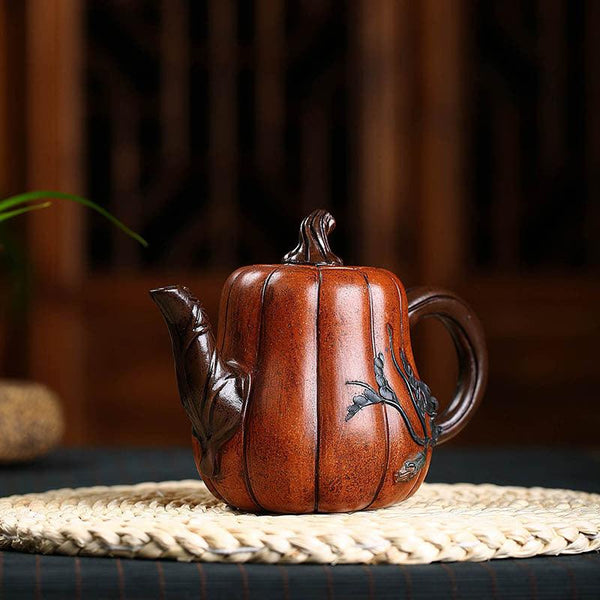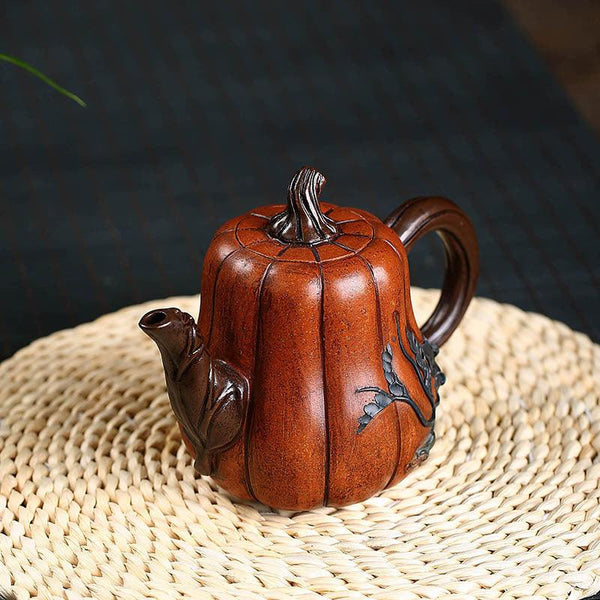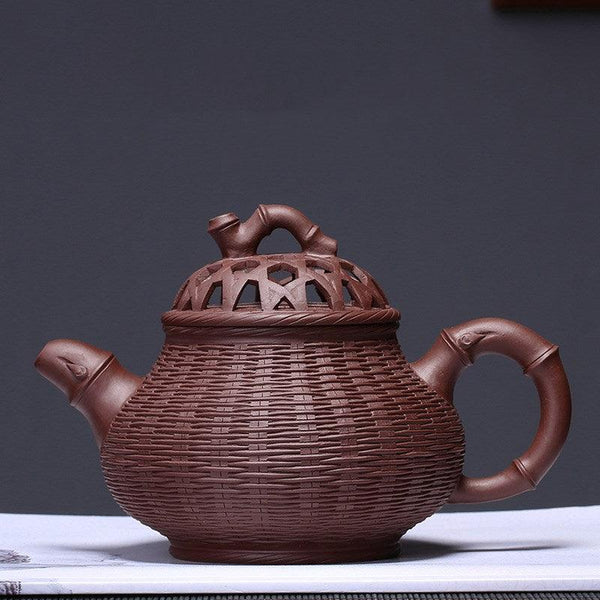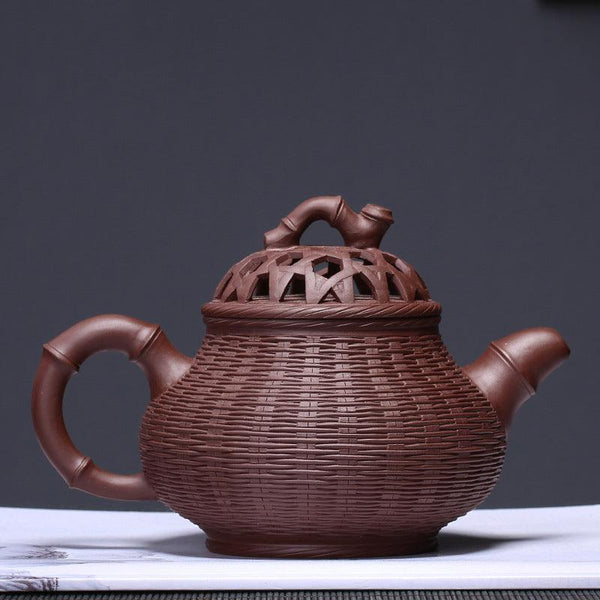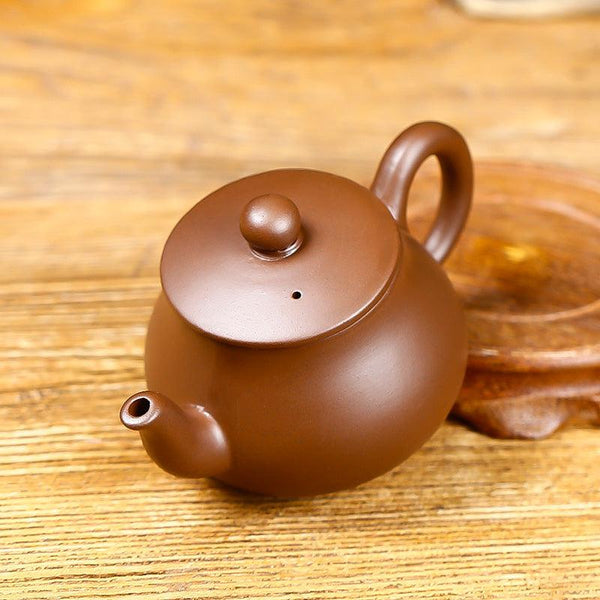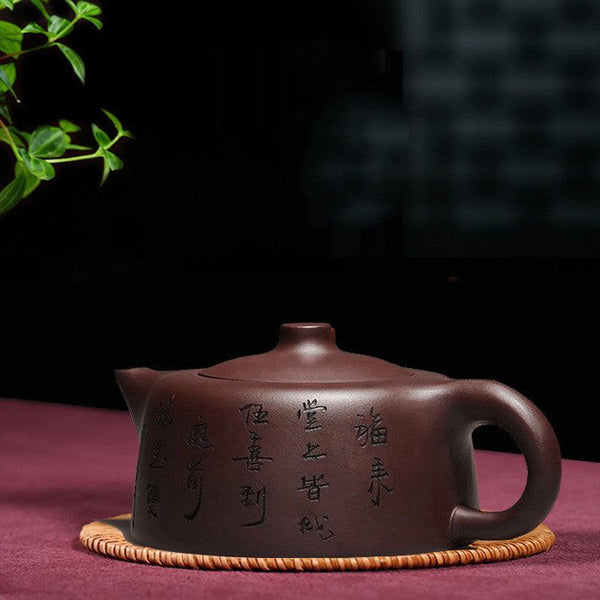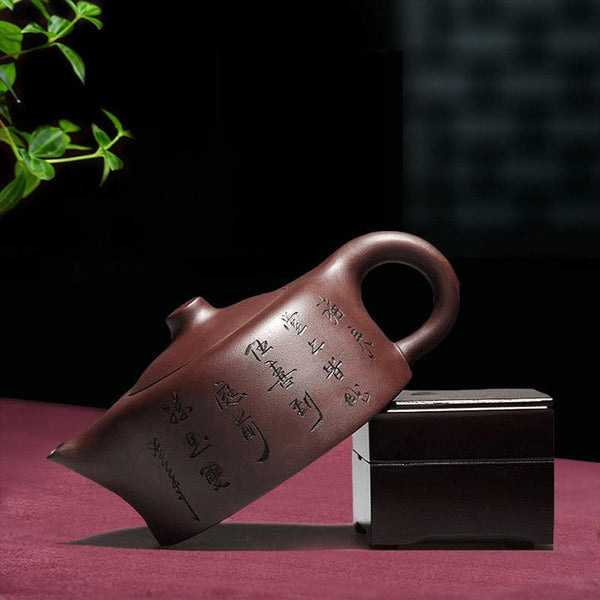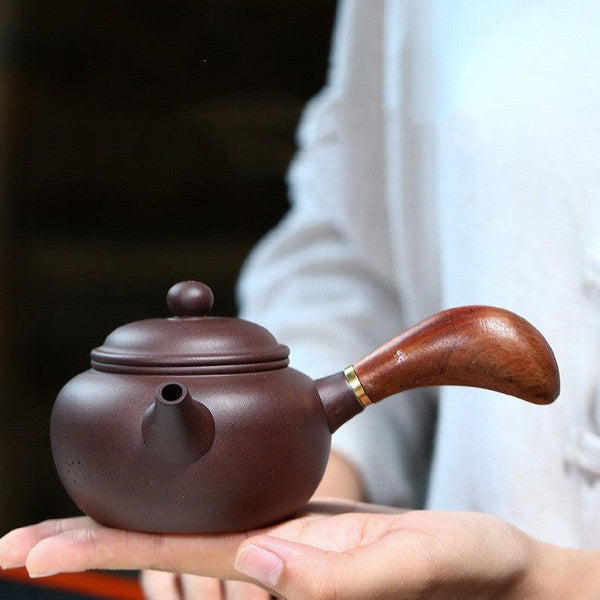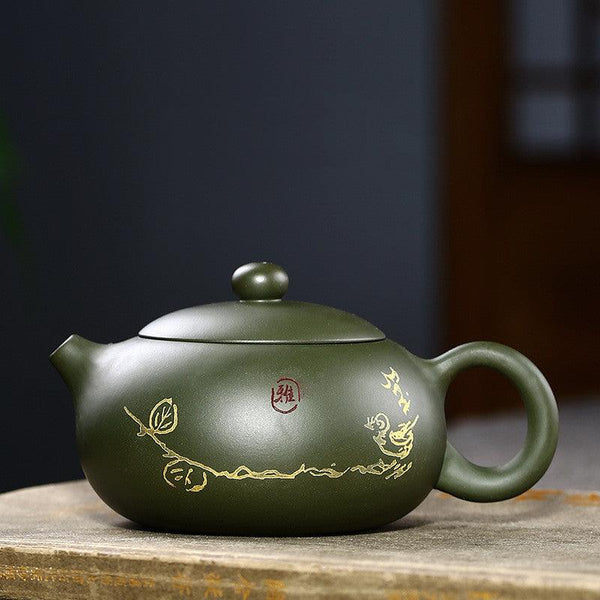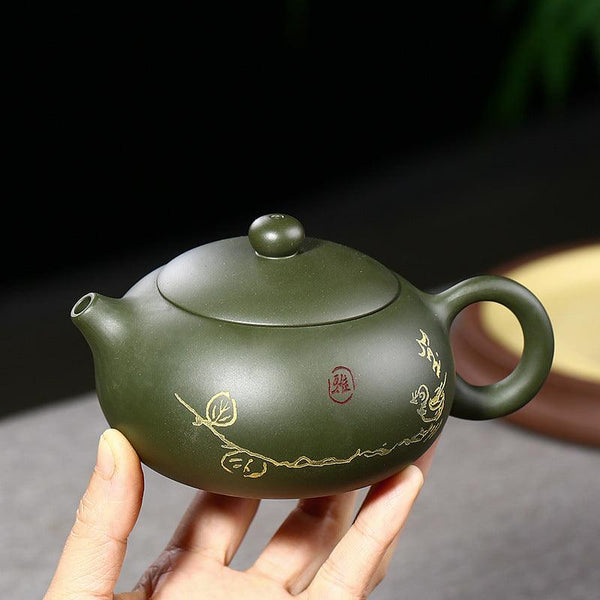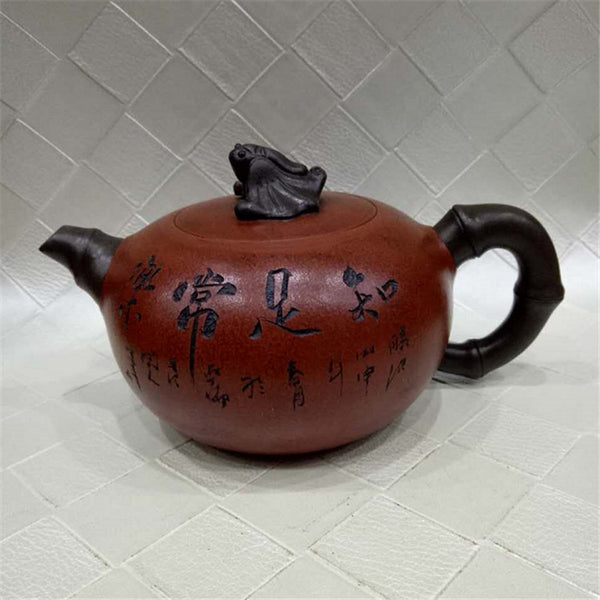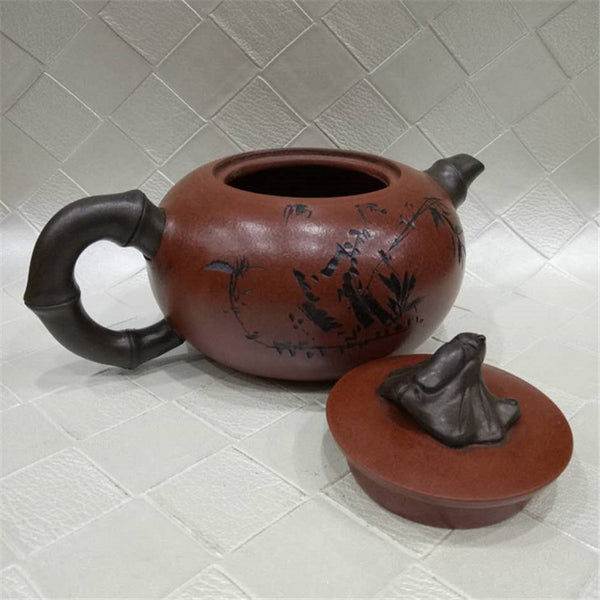Yixing teapots, crafted from the world-renowned Zisha clay, have been treasured for centuries for their functionality, beauty, and unique qualities. The Zisha clay used in crafting these teapots is prized for its rich, natural colors and the exceptional way it enhances the flavor of tea over time. Three of the many Zisha clay types stand out for their unique characteristics: Zisha Baini, Zisha Nenni, and Zisha Jiani. Among them, Nenni and Jiani have become the subject of much admiration and are considered essential materials for the highest-quality Yixing teapots. In this article, Yixing Arttea will highlight their importance in teapot-making craft and shed light on the broader tradition of Yixing pottery and its global influence.
What is Zisha Nenni
Purple clay is mostly produced in shallow mineral layers or the lower part of Huangshi rock layers, and the mineral veins are relatively thin. It contains a small amount of sand, a high proportion of clay, and a fine texture, and is a "soft clay material". Zisha Nenni, a rare and highly prized clay sourced from the mineral-rich Yixing, contains a small amount of iron oxide (Fe₂O₃), after burning red, orange, or yellow colors. When it is not burned, it is mostly light yellow and light red, and the color is bright after burning. Due to the high degree of weathering, purple clay is soft and has a large shrinkage rate. The shrinkage rate after firing can reach more than 20%.
What is Zisha Jiani
In the world of Yixing teapots, Zisha Jiani is often regarded as a clay that is perfect for crafting teapots intended for long-term use. It is usually buried in the deep mineral layer, between the tender clay layer and the purple clay mineral layer, and the mineral layer is thicker. Zisha Jiani is often recognized by its purple-brown or bluish-grey hue. It is dark brown after oxidation.
Zisha Jiani is hard in texture, resistant to high temperatures, has a low shrinkage rate (only half of Nenni, about 10%), and has strong stability. Due to its high sand content, Zisha Jiani belongs to "hard clay material". When crafted into teapots, this clay is highly valued for its ability to retain the heat of tea. Additionally, over time, teapots made from Zisha Jiani develop a beautiful luster and shine, enhancing their visual appeal.
Nenni vs. Jiani: A Comparative Analysis
Zisha Nenni and Jiani are two different types of Yixing purple clay ore materials. They have significant differences in ore layer location, physical properties, and uses. The following are the main differences between the two:
Ore layer and formation
Nenni
- Location: Mostly produced in shallow ore layers or the lower part of the Huangshi rock layer, with thin ore veins.
- Ingredients: Contains a small amount of sand, high clay ratio, fine texture, and belongs to "soft clay material".
- Features: Due to the high weathering degree, the clay is soft and has a large shrinkage rate (the firing shrinkage rate can reach more than 20%).
Jiani
- Location: Usually buried in deep ore layers, located between tender clay layers and purple sand ore layers, with thicker ore layers.
- Ingredients: High sand content, rich iron content, belongs to "hard clay material".
- Features: Hard texture, high-temperature resistance, low shrinkage rate (about 10%), strong stability.
Appearance and texture
Zisha Nenni is mostly light yellow, beige or light red. Delicate and smooth, with low sand content and strong plasticity, but it is easy to deform or crack after firing.
Zisha Jiani is mainly purple-brown and blue-grey, dark brown after oxidation. It is obvious granularity, heavy sandiness, tight structure, and hard texture after firing.
Uses and craftsmanship
Due to its high shrinkage rate, Nenni is difficult to make a pot alone, and it is mostly used for small objects or surface decoration (such as powder slurry craft, decals, etc.). Representative clay materials include "Shihuang Ni" and "Zhu Ni" (some Zhu Ni is refined from Nen clay).
Zisha Jiani is often mixed with other clay materials as a "skeleton" to enhance the strength of the body. It will improve the heat resistance and stability of purple clay pots, suitable for making large pieces or complex shapes.
Firing effect
Nen clay
The firing temperature is low (about 1100℃), and the finished product is lighter in color (such as orange-red, or light yellow). The surface is glossy and warm, but it is easy to shrink or slightly deform.
Jia clay
The firing temperature is high (above 1150℃), and the finished product is dark purple and brown-red. The body is solid, breathable, and resistant to deformation.
Market commonness
Nenni: Because it is easy to mine and has abundant resources, it is often used in low-end pots or decorative objects.
Jiani: Because it needs to be used in combination with other clay materials, pure Jia clay pots are rare, and are more common in "blended clay materials" in traditional crafts.
Summary, Nenni is mainly clay, suitable for fine crafts, but dependent on clay matching technology. However, Zisha Jiani is mainly sandy, it is the "skeleton support" of purple clay pots, ensuring practicality and durability.


